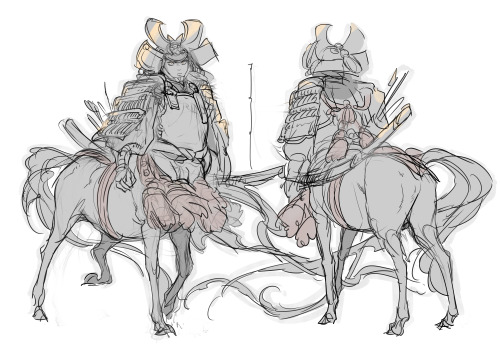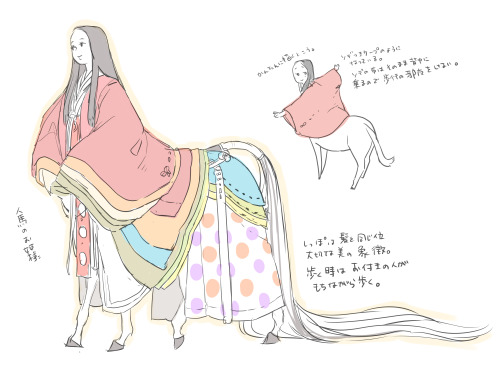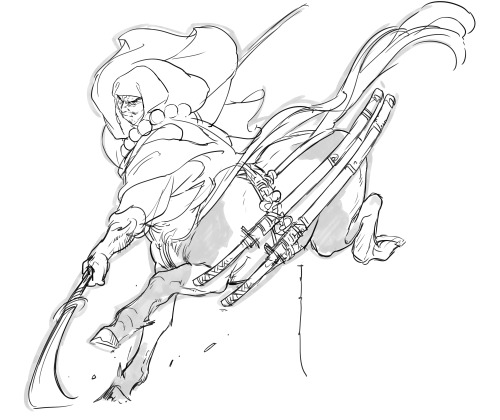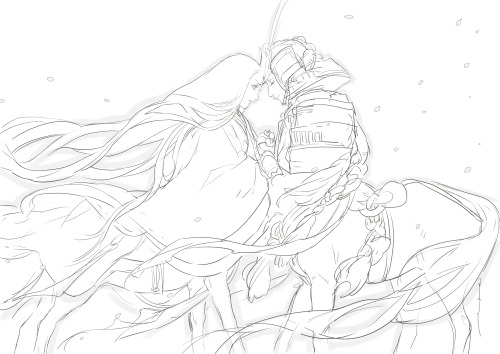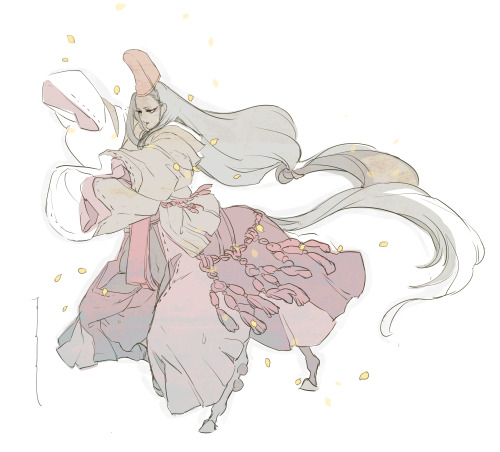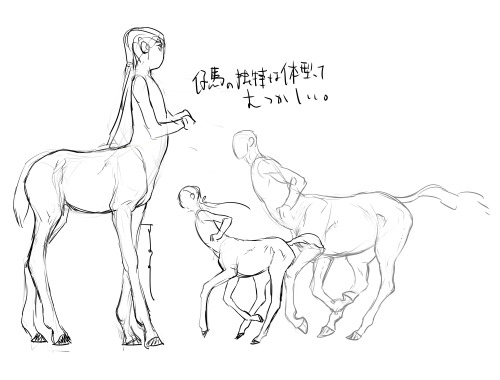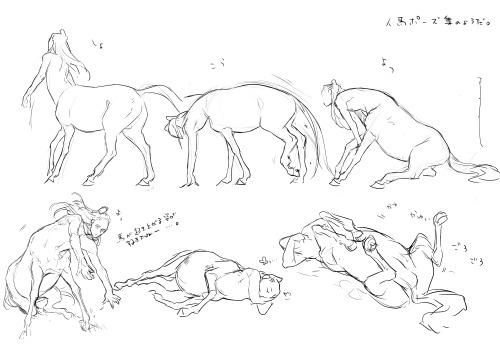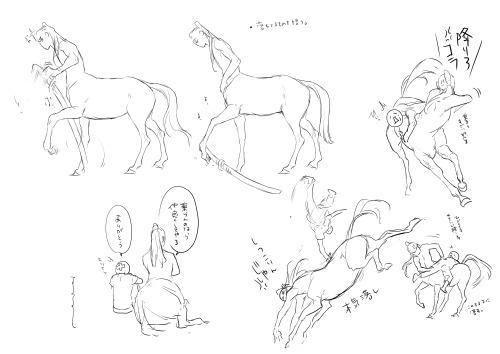petermorwood:roachpatrol:imugarou:人馬まとめ。と、ボヤき。面識ない人からなんか僕じゃどうしようもない感じの文句…?ボヤき?を言われてちっと変な感じになってたんですが、
petermorwood:roachpatrol:imugarou:人馬まとめ。と、ボヤき。面識ない人からなんか僕じゃどうしようもない感じの文句…?ボヤき?を言われてちっと変な感じになってたんですが、僕が尊敬している方から「馬を描くのが上手だ、描いてきた年月が見えるよ」って言われて、強固に何糞頑張るぞってなってた部分が崩壊してぶわーっとなっている今(笑)年月が見えるよ、ってこんなに嬉しい言葉無い。僕は僕の見たいものを魅力的に描くためだけの努力しかしてないです。これからもそうです。in case anyone really wanted to know about my sexuality: this. this is it. Not justpleasing art, but an interesting change from representations of the usual“samurai periods” from movies, manga etc. which are Momoyama / Edo, covering1573-1868. This armour and clothing is much older, from the Heian / Kamakuraperiod (794-1333) and IMO is much more visually interesting. The buke warriors are wearing as much of an ō-yoroi “great armour” as someone who becomes a horse at the waist can manage…The lady is in the carefully-layered-and-colour-graduated (kasane no irome) multiple robes worn at court during the Heian and Kamakura periods, as described in “The Pillow Book” and “The Tale of Genji.” Ladies who got the seasonal colours even slightly out of whack could lose their reputations; it’s a striking example of subtle world-building I first read about in “The World of the Shining Prince” by Ivan Morris, more than 30 years ago.These twocute DeviantArt images are just the tip of the iceberg; there’s much more onthe late Tony Bryant’s site here, while this one is in French, but the pictures aregreat.The next centaur is a warrior-monk (sōhei) wearing his cowland carrying a trademark naginata; the bandolier of balls is a long cloth tubeof rice tied off as individual meal-rations. He looks more than a bit like thehistorical hero Benkei……but being half-horse with a blade on a stick might make him closer to (cough) Binky. :-PThe last costume study is a female dancer (shirabyōshi) in the masculine-styled performing costume of the same period… -- source link
#japan#folk costume
